Can the stars link satellites and regulations for the Musk fragrance to spread in India on a network of high-speed broadband?
If Elon Musk-founded American satellite company SpaceX is to be believed it’s a possibility and, as News18 reported yesterday, pre-orders from India were being accepted for the satellite-delivered high-speed broadband.
“In a communication sent to potential subscribers, one received by the writer of this update, Starlink (SpaceX’s ambitious project to deliver high-speed broadband to the world via a cluster of 1000s of satellites) is now accepting preorders for $99, to reserve one of the first installations for you in your region or location, when the service is activated for India,” News18’s Associate Editor for Technology, Vishal Mathur reported .
According to the report, the SpaceX owned satellite broadband service will be launching in most, if not all regions, of India in 2022, though the exact roadmap and timing of the rollout in India is not confirmed.
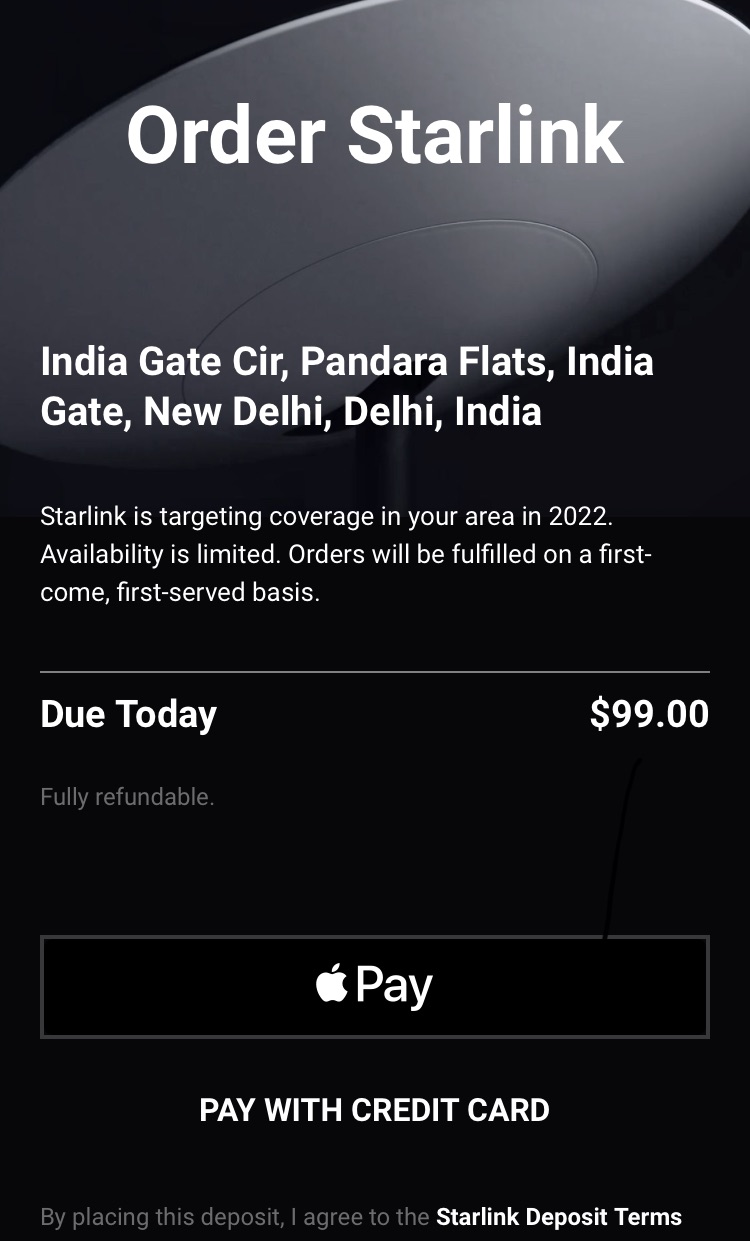
The Starlink kit gets an individual customer a ‘phased-arrayed’ satellite dish, a tripod and a Wi-Fi router and the app can be downloaded on iPhones and Android handsets, the report said.
A satellite-based broadband service could speed up Indian PM Narendra Modi’s dream of digital India by connecting far-flung areas of the vast country faster than wired or wireless broadband can do — and be more cost effective.
However, for the Starlink project — which would work broadly the same way as DTH services (like Tata Sky or Dish TV) operate in India — to become a reality a slew of policies related to spectrum, space and national security need to be reviewed and amended involving several government organisations like the ISRO, Department of Space and the Telecoms Ministry.
Incidentally, Starlink project’s parent company SpaceX had made a submission to the Telecom Regulatory Authority of India (TRAI) in the last quarter of 2020 enlisting the many benefits of satellite-delivered broadband service and the need for policy review. TRAI is yet to come out with any recommendations on the issue of broadband penetration increase for the government to consider taking a considered view.
“Powerful next-generation satellite systems flying today that can reach all corners of the country with high-speed, affordable service are critical to bridging this (digital) gap,” Patricia Cooper,
vice-president, satellite government affairs, Space Exploration Technologies, Corp had said in a submission on a TRAI consultation paper on `Roadmap to Promote Broadband Connectivity and Enhanced Broadband Speed’.
SpaceX had gone to state that terrestrial fixed wired and wireless technologies have brought economic and social advancement across India, but come with an “inherent infrastructure expense” based on a cost-per-kilometer model that is “difficult to scale while maintaining affordable prices for end users when connecting remote or rural communities”.
“SpaceX does not require expensive `last-mile’ fiber lines in order to deliver reliable high-speed broadband. In fact, the `last-mile’ for SpaceX’s Starlink satellite system consists of the Ku-band connection from the consumer’s home directly to a satellite in orbit, entirely eliminating the largest cost inhibitor to near-term universal broadband coverage in India.
“Customers connect to the Starlink network using a single User Terminal (UT) featuring an advanced phased-array antenna that connects to a wi-fi router within a home, a business, school or community center. A Starlink wi-fi router can also distribute connectivity outside for shared use. SpaceX is designing the Starlink User Terminal to be easy to install and attainably priced for consumers,” Cooper had submitted.
Pointing out that new technologies like Starlink may require consideration of updated rules, policies and regulation, SpaceX suggested TRAI and the government may consider undertaking the following actions to provide consumers with more choices and better service:
- Encourage technology-neutral broadband definitions that reflect the advances of next- generation satellite services.
- Assign already-allocated frequencies for use by satellite systems.
- Extend “blanket” licensing tools to support the wide-spread availability of satellite user terminals.
- Promote maximum spectrum efficiency by expecting users to coordinate use of scarce spectrum resources across multiple systems, whether terrestrial or space-based.
- Safeguard ongoing satellite innovation in higher frequency bands, while maintaining the expectation that all spectrum users, terrestrial and space-based, will coordinate in good faith.
- Consider the unintended fees, taxes and other administrative burdens that, when passed on to end-users, can make broadband unaffordable to many.
The full text of the SpaceX submission can be accessed at
https://www.trai.gov.in/sites/default/files/SpaceX_10112020.pdf
So, will Indians get a taste of a global satellite-based high-speed broadband service? The signals are still not strong enough to paint a clear picture.
 Kevin Vaz, Kiran Mani, Sanjog Gupta to head 3 verticals of JioStar
Kevin Vaz, Kiran Mani, Sanjog Gupta to head 3 verticals of JioStar 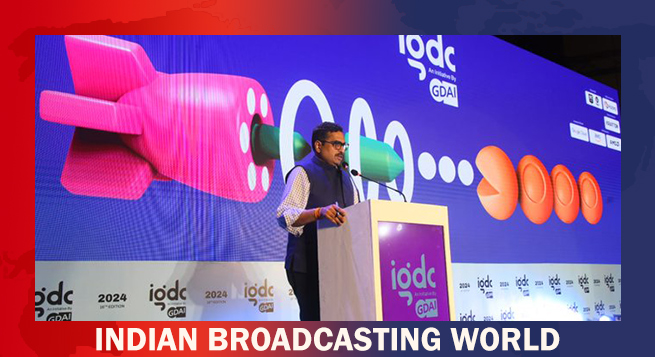 Govt & industry to prime gaming space for global dominance: MIB Secy Jaju
Govt & industry to prime gaming space for global dominance: MIB Secy Jaju 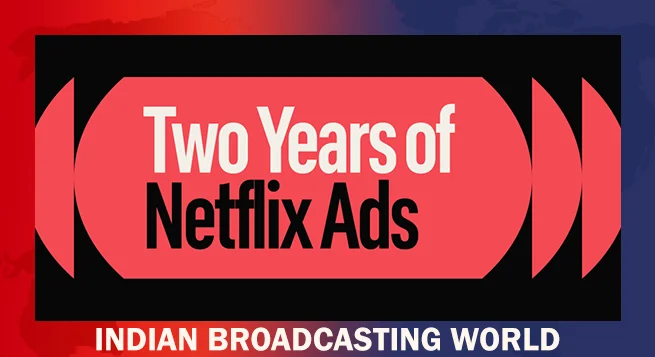 Netflix ad-supported tier touches 70mn MAUs globally
Netflix ad-supported tier touches 70mn MAUs globally 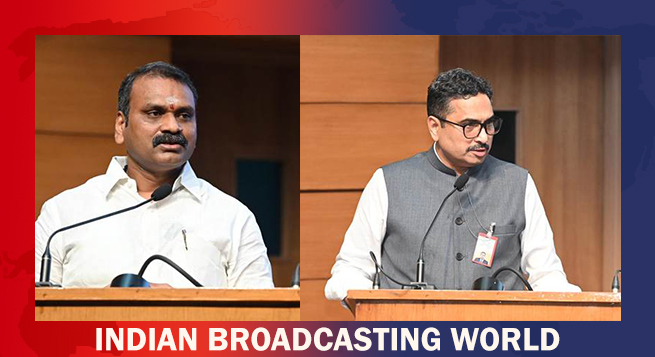 Minister Murugan likens IFFI to Cannes fest; ‘Better Man’ opening film
Minister Murugan likens IFFI to Cannes fest; ‘Better Man’ opening film  Nickelodeon extends #HappyKidding campaign
Nickelodeon extends #HappyKidding campaign  WBD celebrates kids with enchanting lineup
WBD celebrates kids with enchanting lineup  Nikkhil Advani: SonyLIV’s ‘Freedom at Midnight’ chronicles Indian history
Nikkhil Advani: SonyLIV’s ‘Freedom at Midnight’ chronicles Indian history 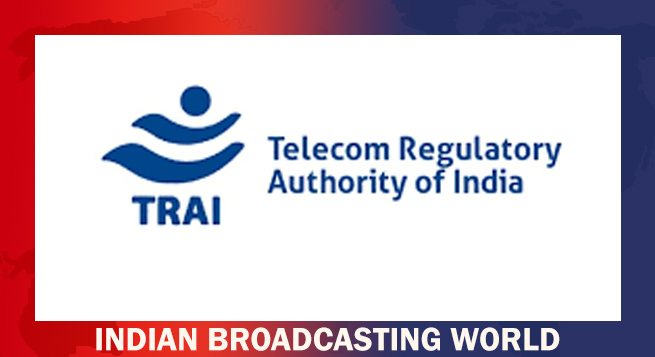 TRAI deadline for submission on ground-based b’casters extended
TRAI deadline for submission on ground-based b’casters extended  Prime Video to premiere ‘Rana Daggubati Show’ Nov 23
Prime Video to premiere ‘Rana Daggubati Show’ Nov 23 








